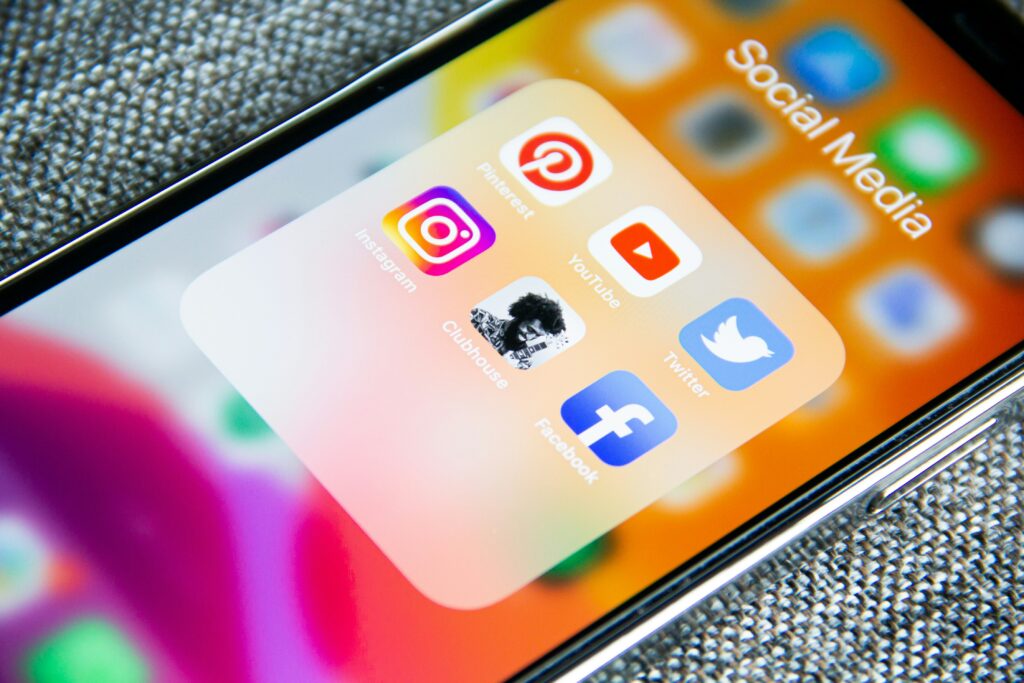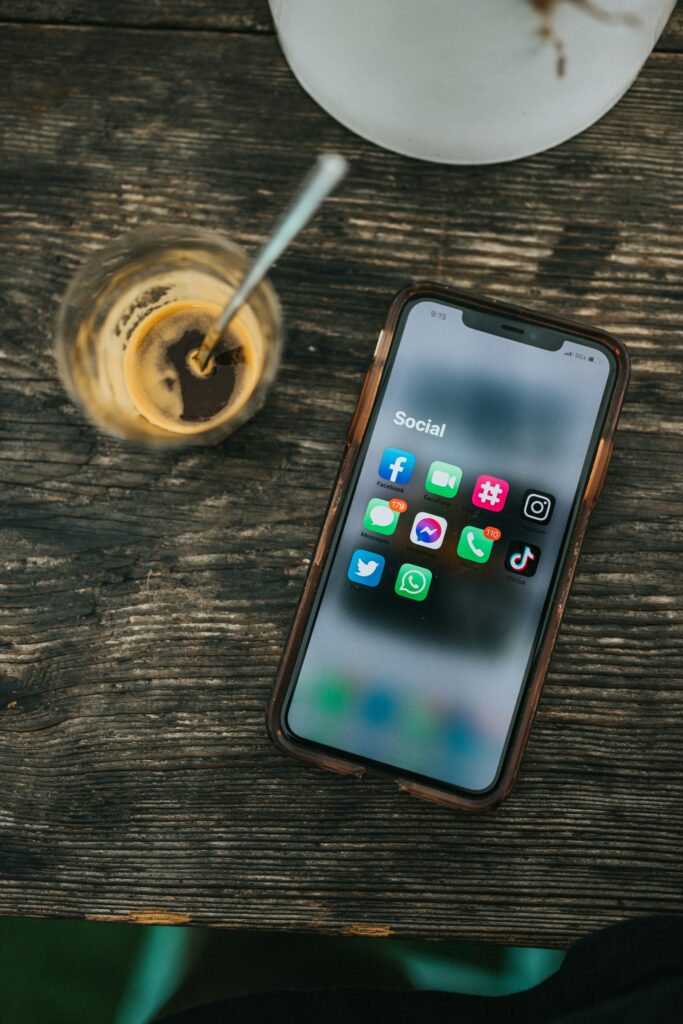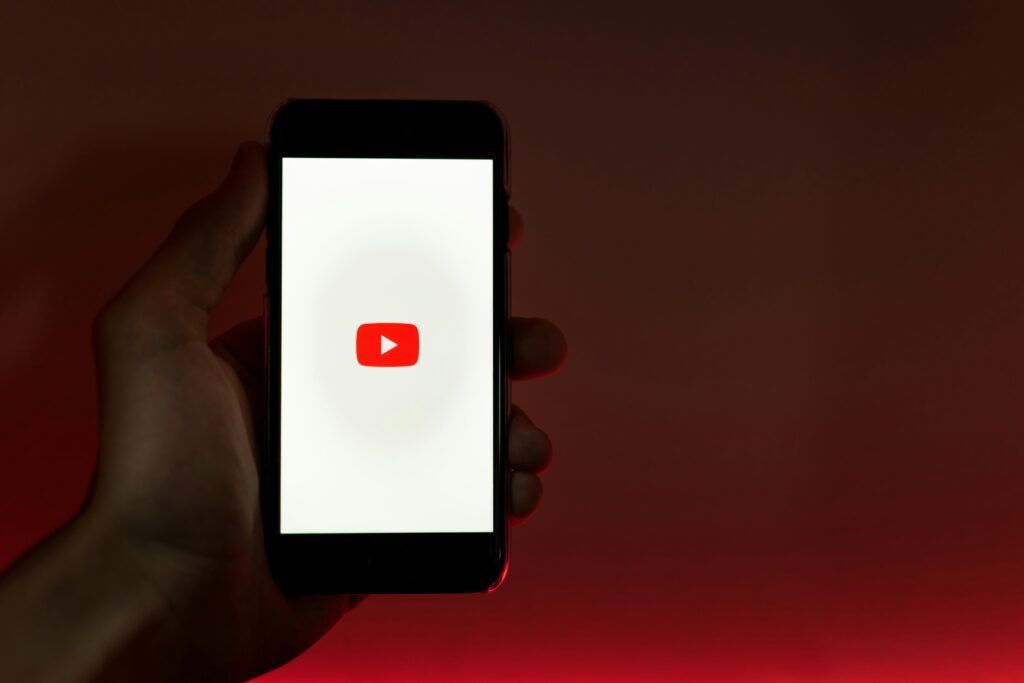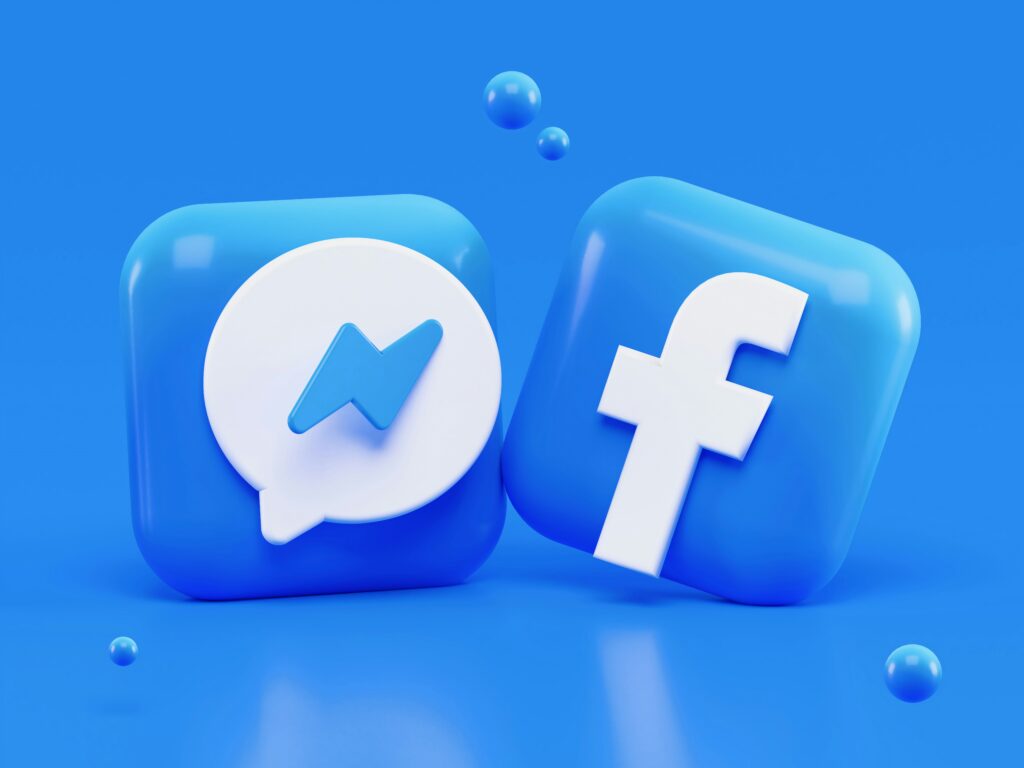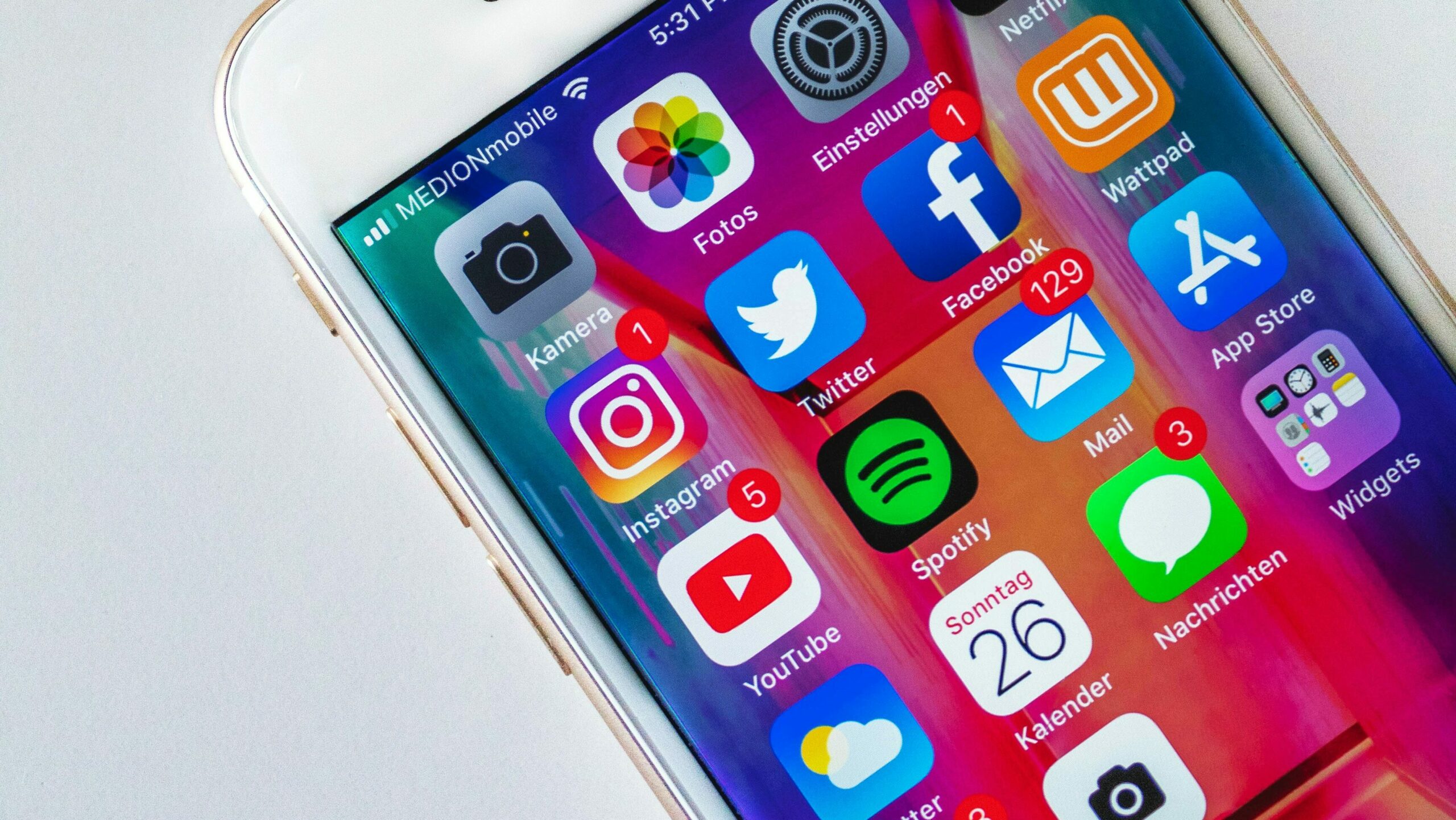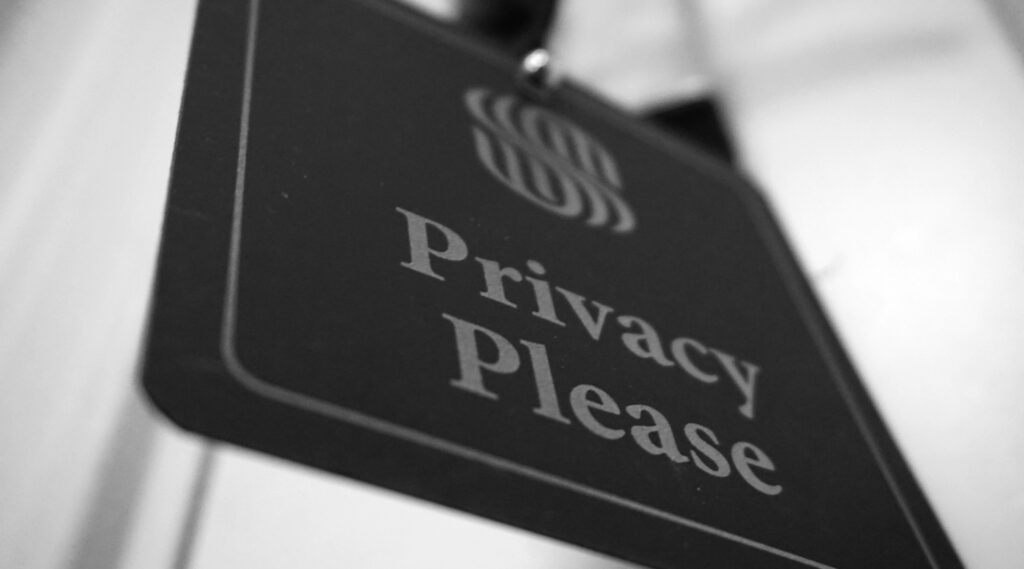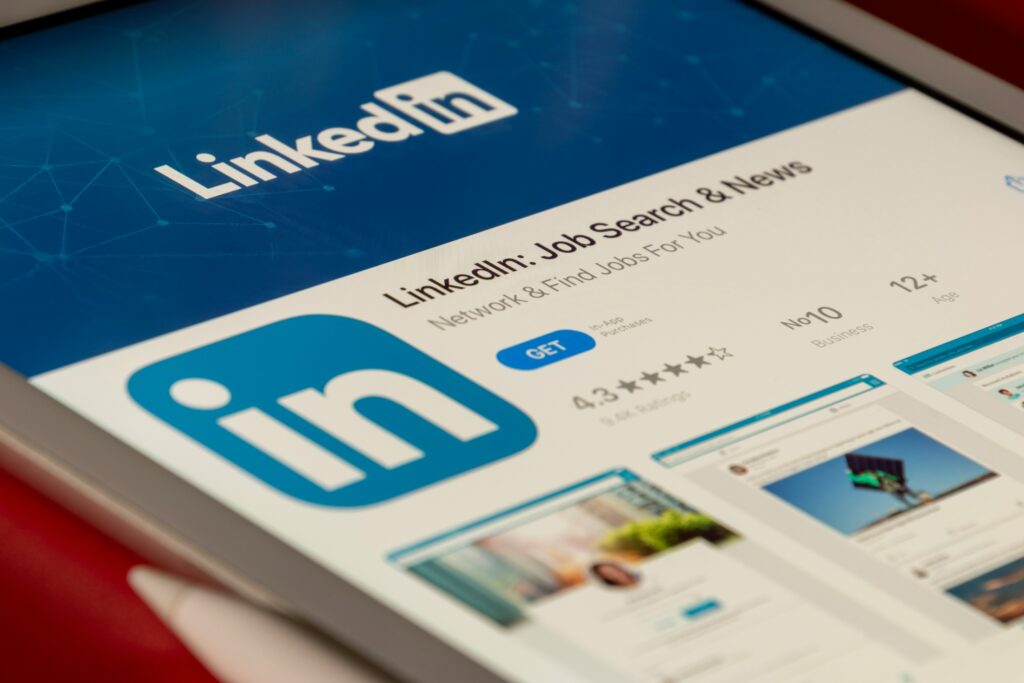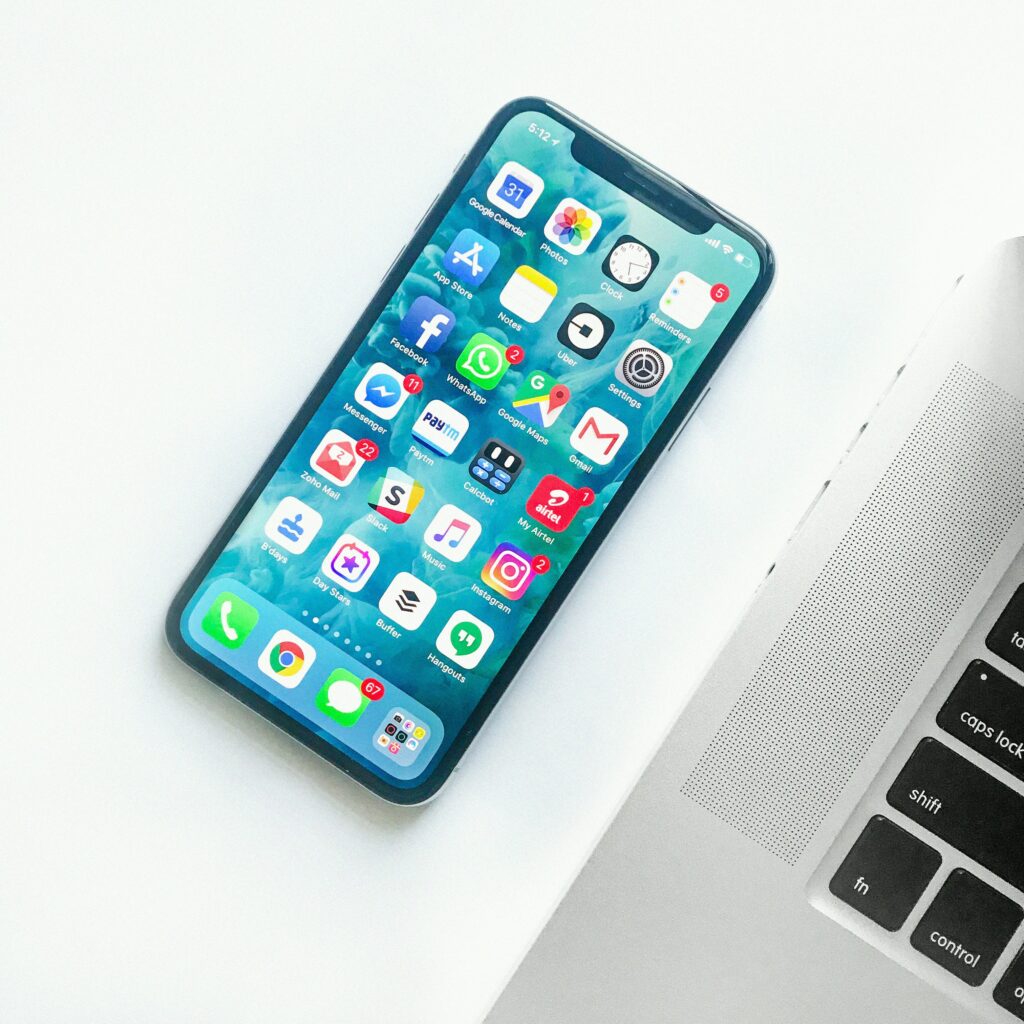Using Your PLN for Growth: Describe how you actively use your PLN for professional growth and learning. What social media platforms have you found to be the most engaging, informative, and able to share resources, seek advice, and collaborate with peers?
I use different social media platforms for various learning and advice-seeking needs.
Reddit: I rely on Reddit for choosing my courses at UVic and for finding advice on specific topics. For example, if I need to know how to post HD reels on Instagram, I’ll search on Google and include Reddit to get user tips and experiences.
YouTube: When I need information about a product, like Dyson or laptop, I watch YouTube reviews to learn more. If something goes wrong with my laptop, I also search YouTube for how-to-fix-it videos. YouTube is super helpful for understanding lecture notes too.
Instagram: I use Instagram to share photos and videos with my family and friends, keeping them updated.
These platforms help me stay informed, get advice, and learn new things, which all contribute to my personal and professional growth.
Engaging with Your Community: Think about how you engage with your PLN community. How do you participate in discussions, offer support and feedback to peers, and share valuable content?
Participating in Discussions: I love jumping into conversations in the comments sections on Reddit, YouTube, and Instagram. I comment on posts to share my thoughts, ask questions, and join in on discussions. It’s a great way to stay connected and learn from others.
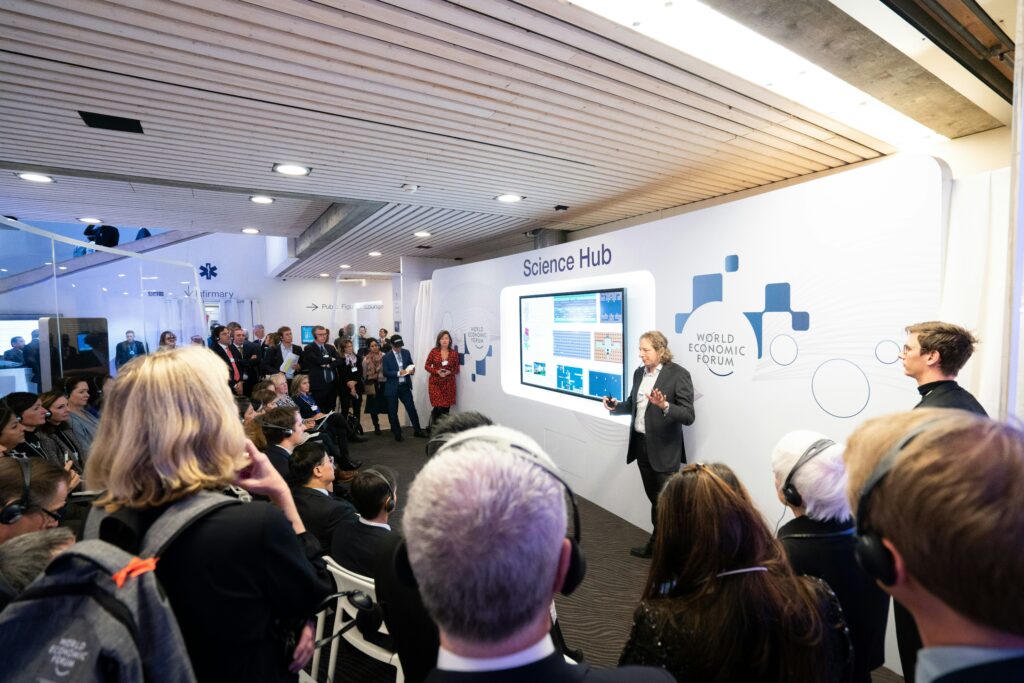
Offering Support and Feedback: I like helping out my peers by giving advice and feedback. On YouTube, I leave comments to thank creators for their helpful videos or to add extra tips that might help others.
Sharing Valuable Content: I enjoy sharing useful information with my community. On Instagram, I might post or share stories that I find interesting or helpful. When I find a great YouTube video or an insightful Reddit thread, I make sure to share it with my network to spread the knowledge.
Building a Supportive PLN: What steps have you taken or plan to take to build a supportive PLN? How do you identify and connect with individuals with similar professional interests and goals?

Photo by Shane Rounce on Unsplash
User-Friendly Platforms: First, the website or platform needs to be easy to use and navigate. It should be simple to make posts, edit them, and share photos and videos with transcripts. If sharing any references, make sure the links are clickable so they’re easy to find.
Virtual Meetups: Having a feature similar to Zoom is essential for one-on-one sessions. This allows anyone who needs personalized help to get it easily.
Local Connections: Creating pages that connect people who live nearby or in the same area is also important. This can help build stronger, more localized support networks.
This is also a great video of building a professional PLN

Expanding Your PLN: What are your long-term goals for your PLN? What strategies will you take to expand your network to include international contacts or experts in specific fields?
Translation and Accessibility: One of my main goals is to include translations for valuable content. For instance, I once found an excellent math video in Hindi language but wished it had an English translation. Ensuring content is accessible in multiple languages will help me and others benefit from diverse resources.
Building a Diverse Network: I aim to build a diverse network by actively seeking connections from different cultural and professional backgrounds. This diversity will enhance my learning experience and provide varied perspectives on different topics.
